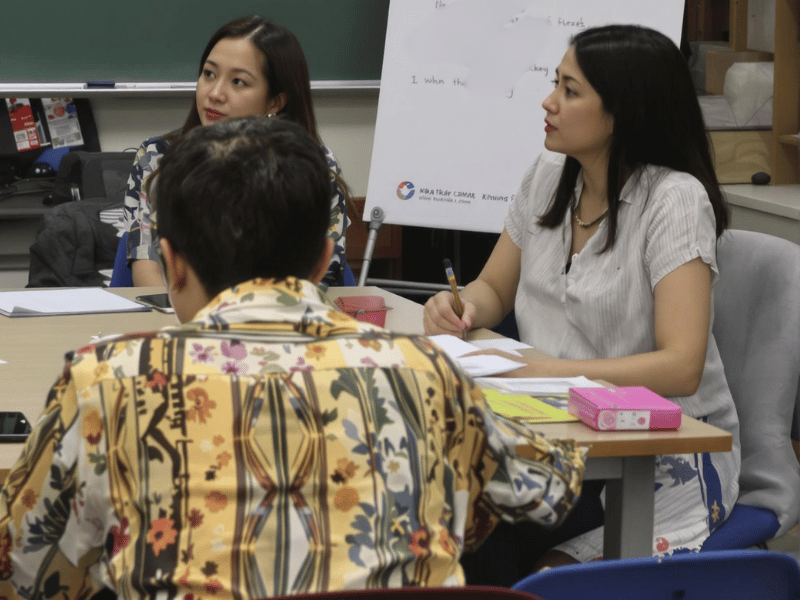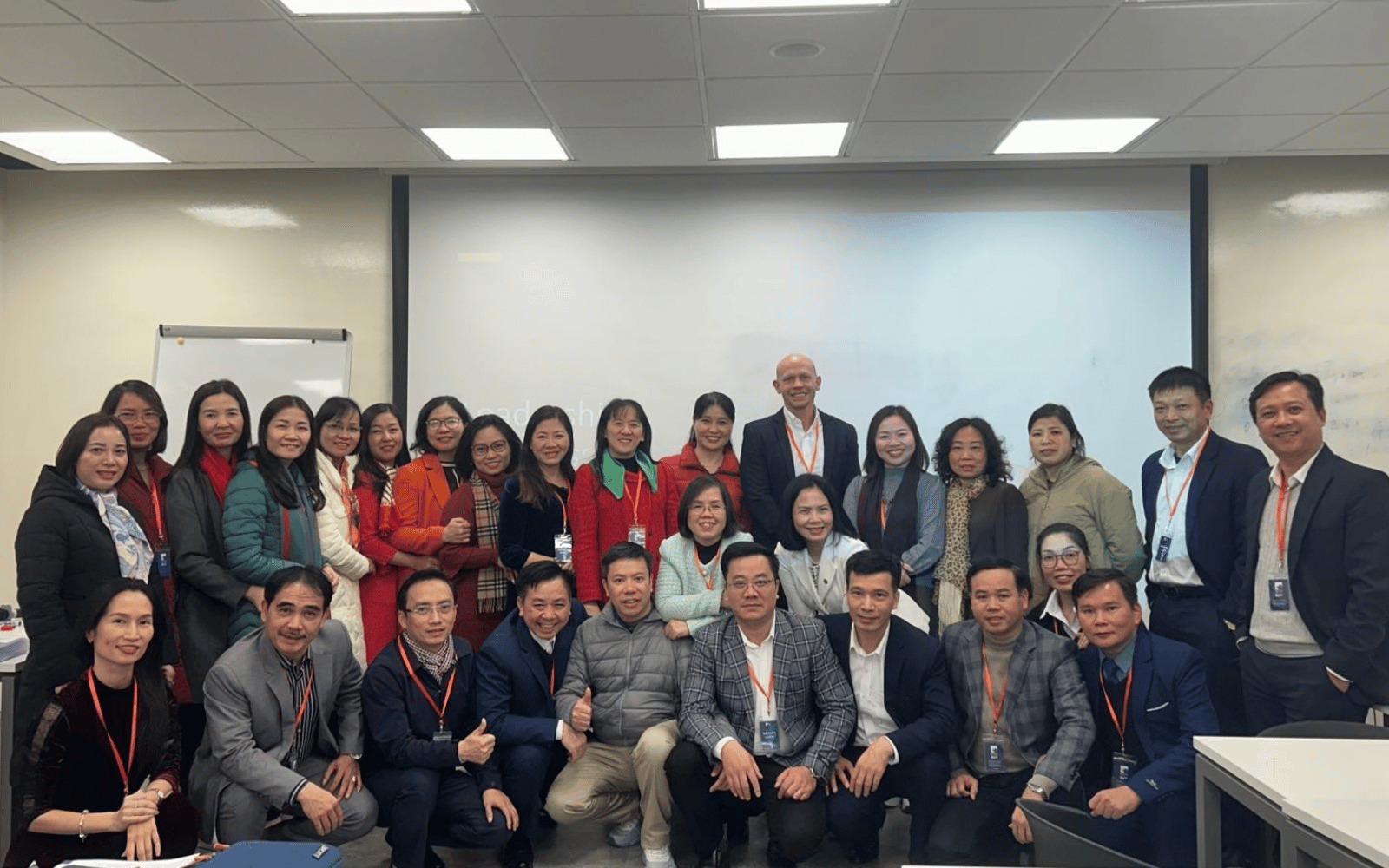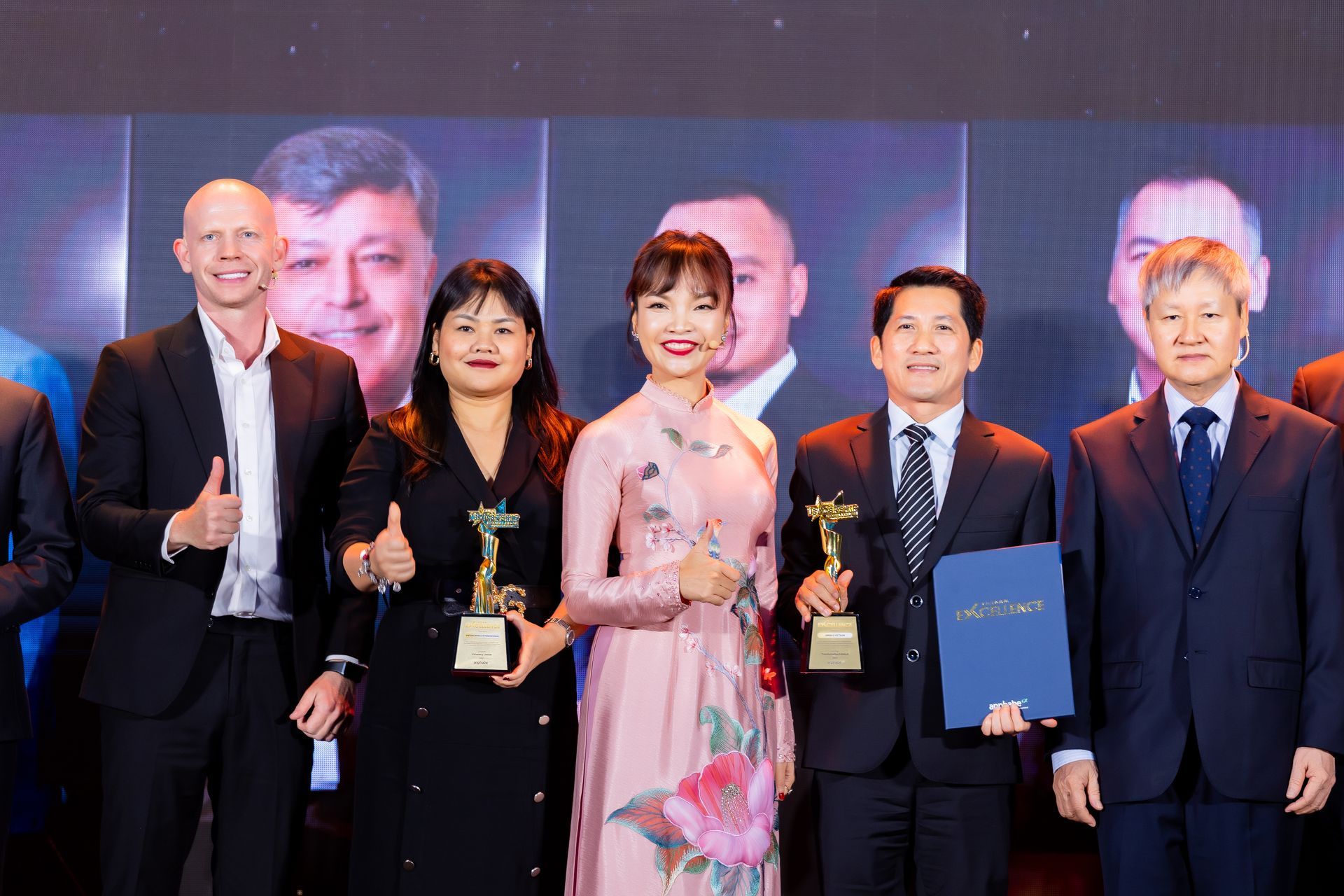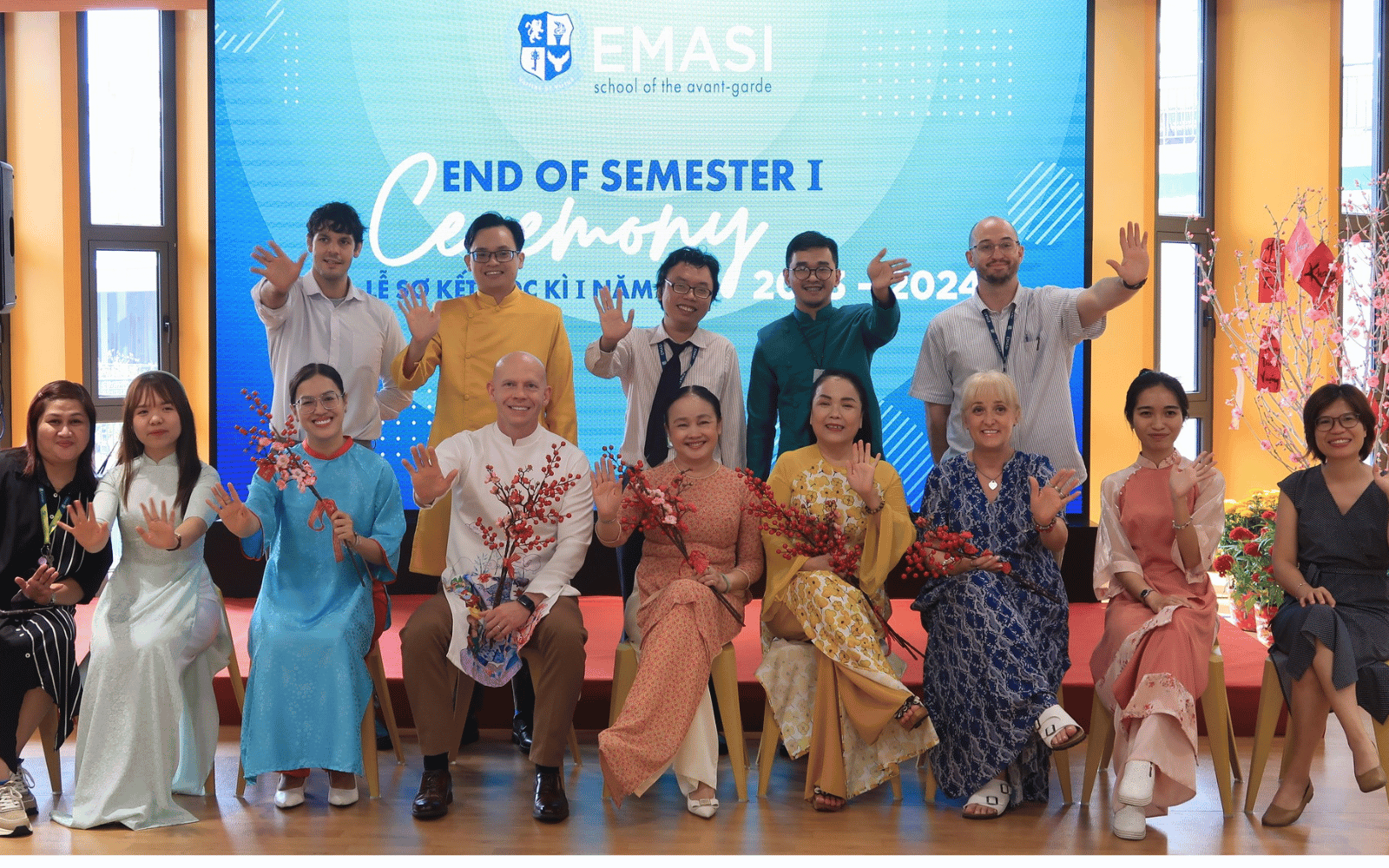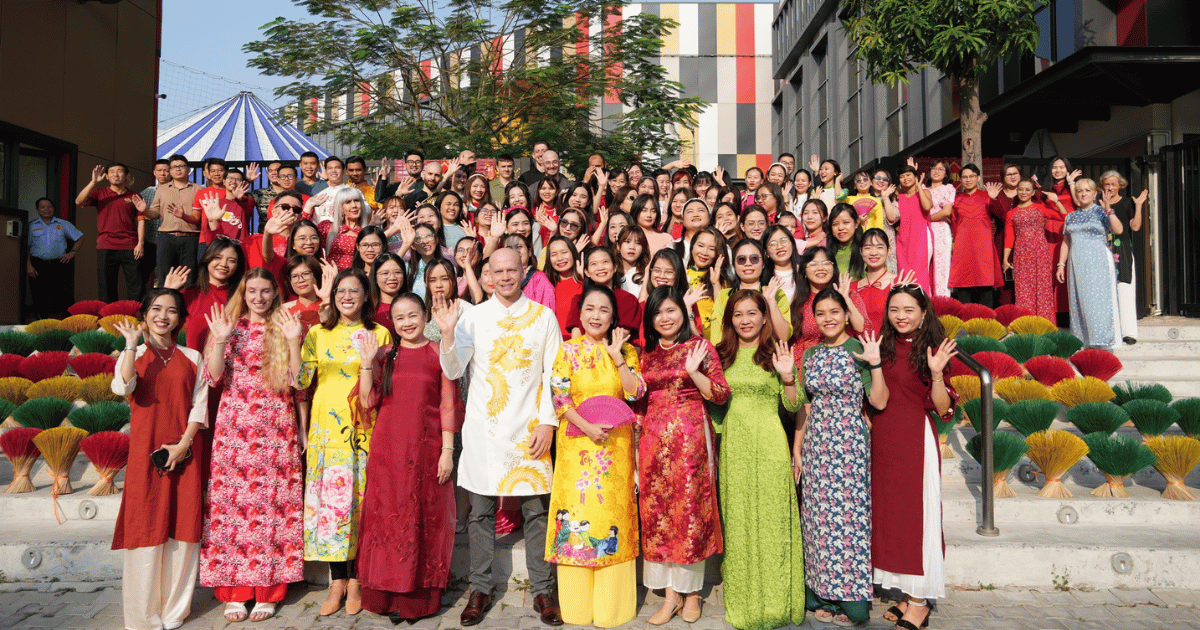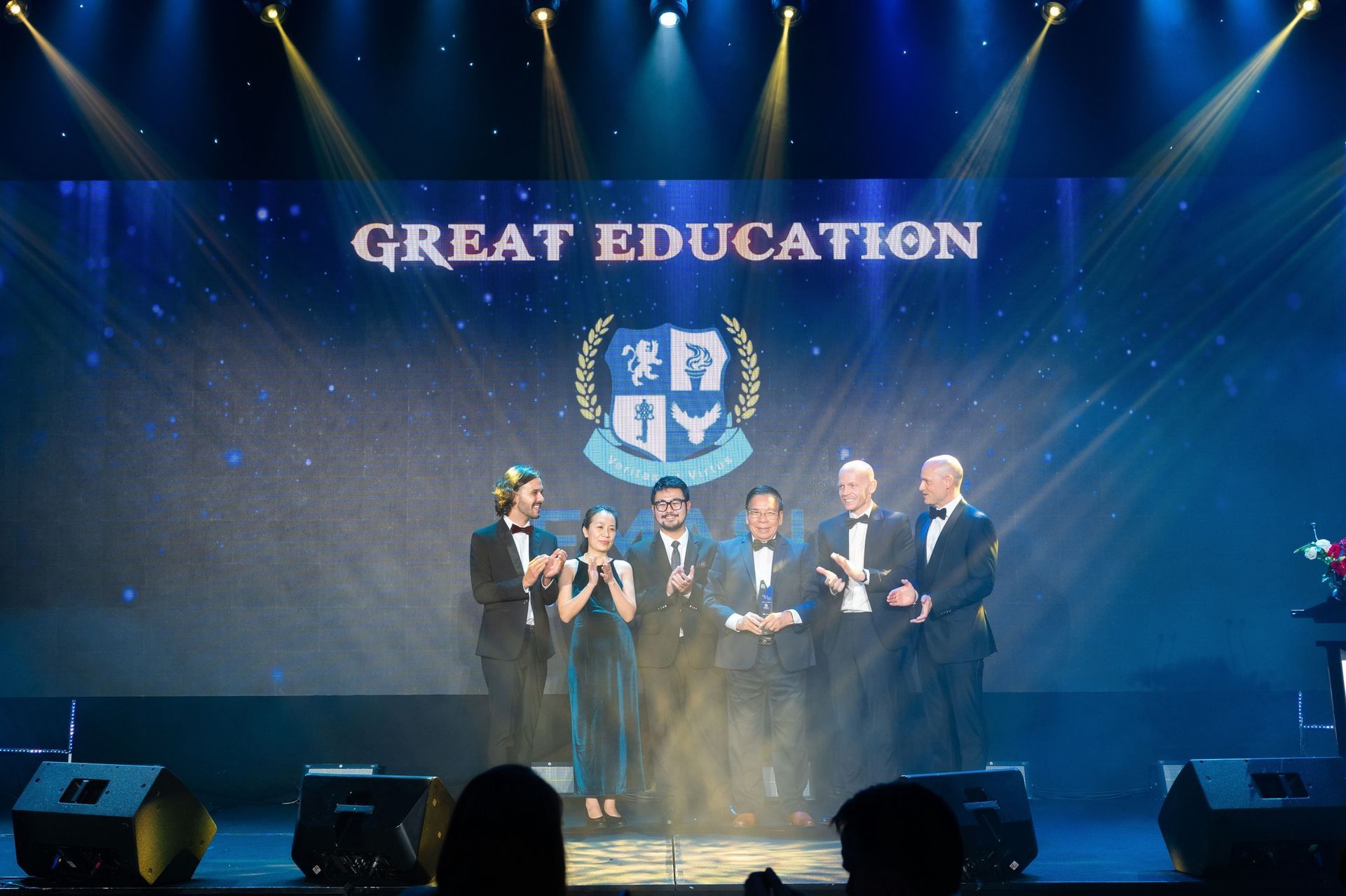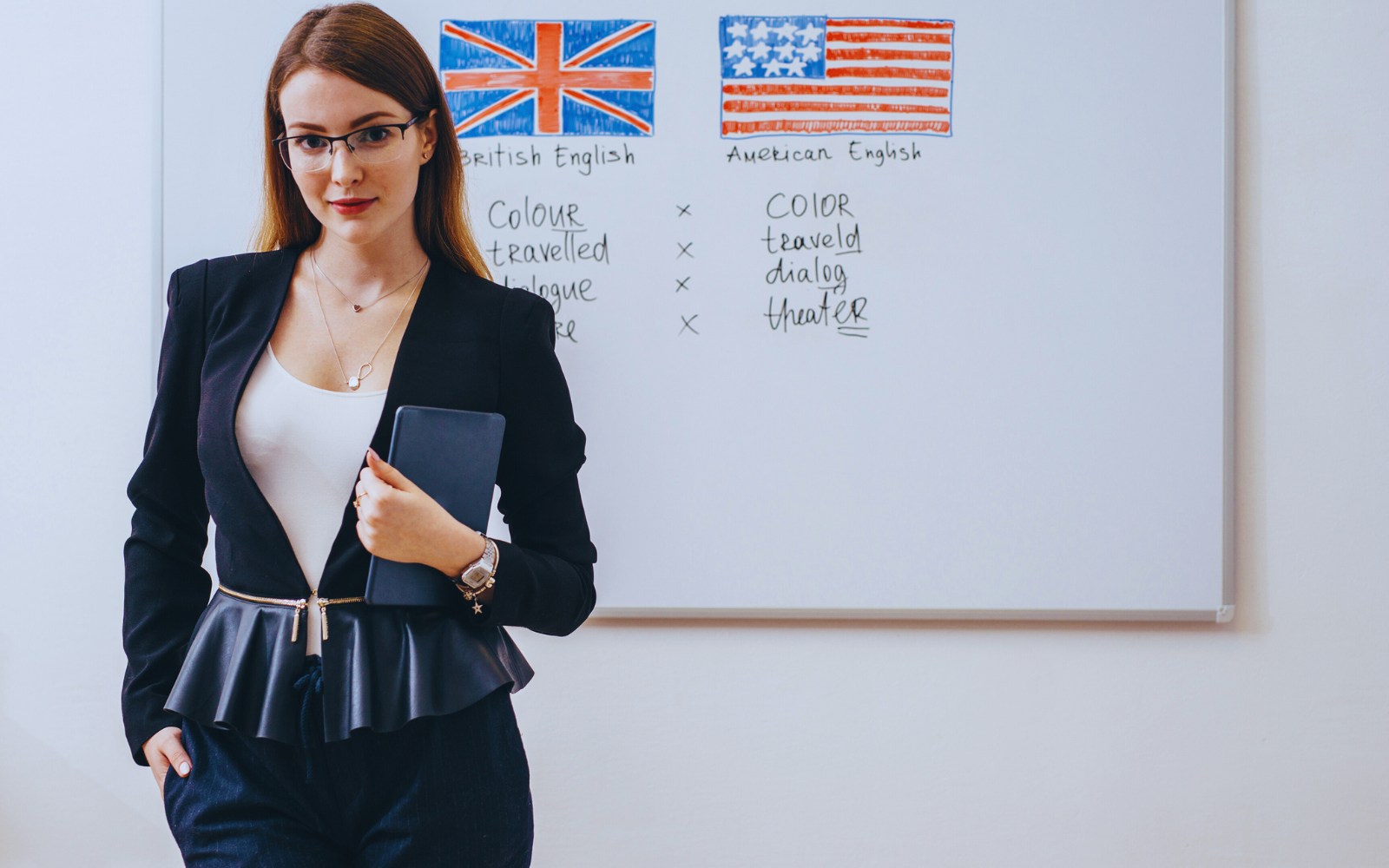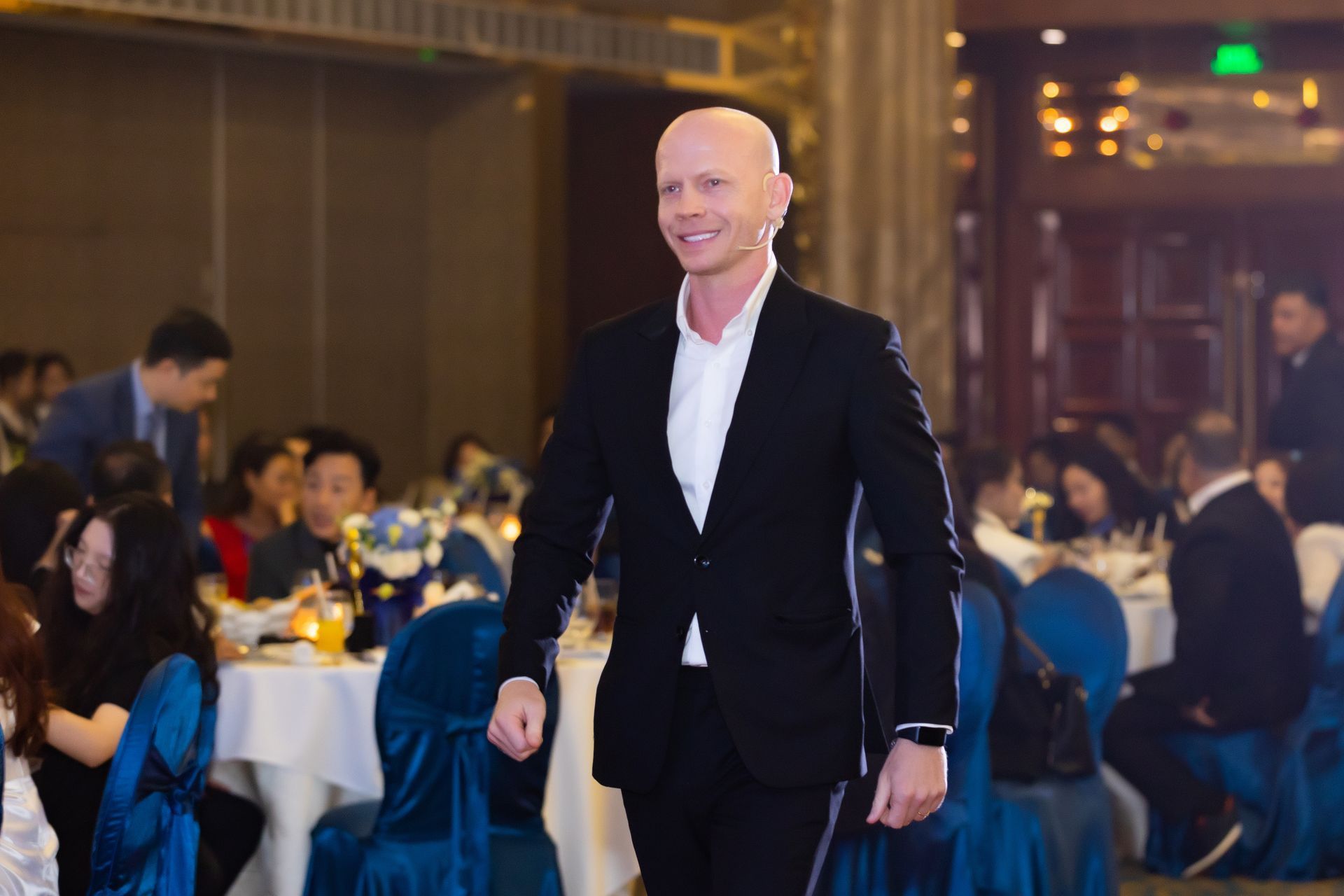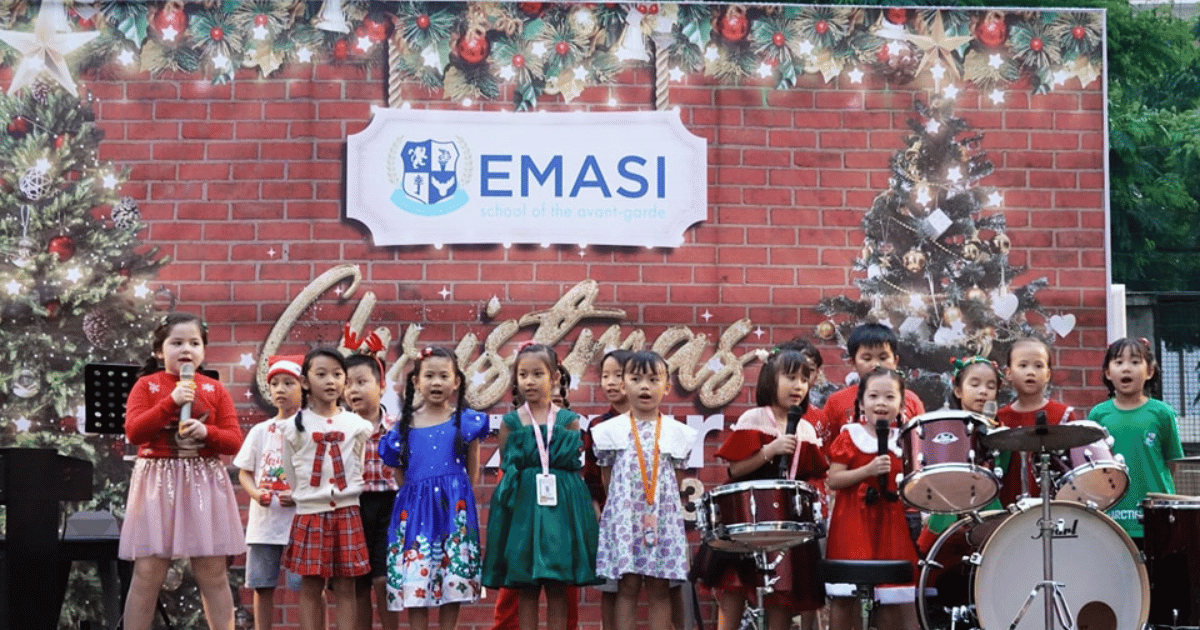Lessons on Bilingual Education in Vietnam from a Founding School Leader
Lessons from a Bilingual School Leader in Vietnam
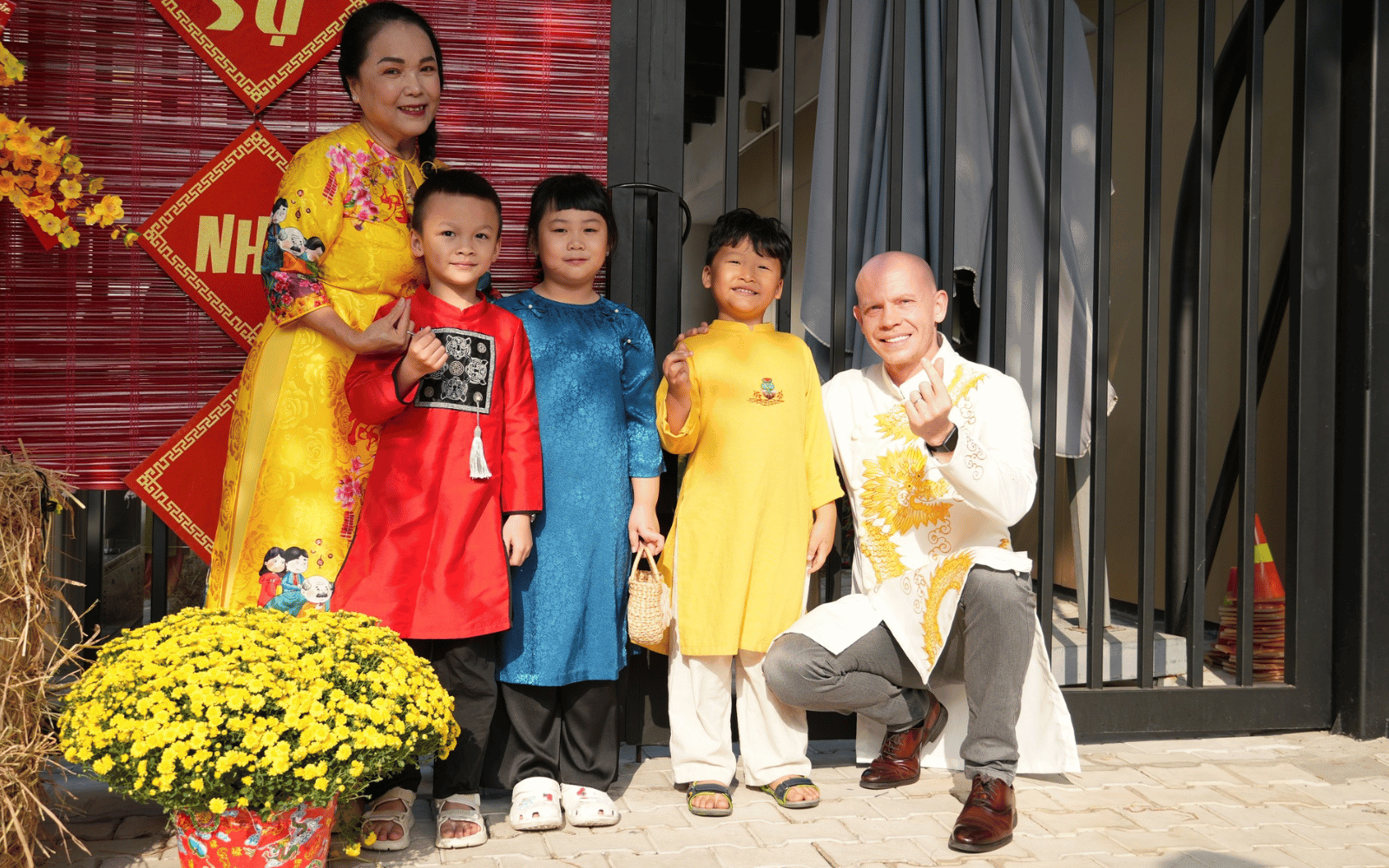
Bilingual education in Vietnam is a big deal—trust me, I know.
After spending 13 years in the country and running a bilingual school for four of those, I've got a story or two to tell.
It’s not just about balancing two languages; it’s about navigating cultural expectations, blending educational systems, and somehow coming out the other side with your sanity intact.
It's not easy.
And in the following post, I'm going to share with you a few lessons that I learned.
The Fast Rise of Bilingual Schools in Vietnam
When I first arrived in Vietnam in 2012 to help with the establishment of a bridging program for British University Vietnam, bilingual schools were barely on the radar.
Fast forward a few years, and they’re everywhere. Parents, eager to give their children a leg up in an increasingly globalized world, are flocking to these educational environments.
They want schools where their kids can excel academically while picking up English like it’s their first language.
Bilingual School systems like the British Vietnamese International School, EMASI Schools, UTS, and Wellspring Schools have become household names.
These private schools are the places parents are betting on for their kids’ futures.
And believe me, that comes with a lot of expectations—both from parents and from the schools themselves.
The pressure to blend the Vietnamese curriculum with international programs isn’t just about ticking boxes; it’s about creating a learning environment where students can grow in ways that traditional public schools and full international schools just cannot offer.
Balancing Act: Vietnamese and International Curricula
Running a bilingual school isn’t for the faint of heart.
One of the biggest challenges is making sure the Vietnamese national curriculum and the international curriculum don’t clash.
You’ve got to blend these two approaches so that students can get the best of both worlds.
On a philosophical level, a bilingual education aims to maintain the cultural roots from the Vietnamese side and a global perspective from the international side.
But that’s easier said than done.
The Vietnamese curriculum is known for being tradition and rigorous.
Meanwhile, the international programs we used at EMASI, the Cambridge International, emphasizes creativity, critical thinking, and problem-solving skills.
Of course, these also exist in the national curriculum, but
Finding the sweet spot where these two systems meet is like trying to fuse two different worlds. It takes a lot of tweaking, experimenting, and yes, sometimes a bit of chaos before you get it right.
English Language Learning in Bilingual Education in Vietnam
Let’s talk about language.
After all, there's a perception that language is what bilingual education is supposed to be about, right?
In Vietnam, students in bilingual schools will juggle languages of instruction—Vietnamese and English—and they need to excel in both.
Vietnamese keeps them grounded in their cultural roots, while English is their ticket to the world.
In practice, this means subjects being taught in both languages, often switching gears from one to the other throughout the day. MOET Math in the morning, Cambridge Math in the afternoon - for example.
(And yes, Vietnamese and Cambridge math are very, very different).
It’s not just about making sure they can write an essay in English and read a poem in Vietnamese; it’s about making sure they’re thinking critically in both languages and on track to achieve in the relevant exams for both.
This dual-language approach is a bit like a jigsaw puzzle, and watching students get value from it is one of the most rewarding parts of the job.
But it’s not just about hitting those language development milestones. It’s about communication skills—getting students comfortable with public speaking, debates, and just everyday conversations in both languages.
And it's about preparing students for the option of international qualifications like IGCSE, A Levels, Advanced Placement, and even IB.
By the time students of bilingual schools graduate, these kids aren’t just bilingual; the aim is for them to possess global understanding and be ready to step into a multicultural setting without losing sight of where they come from.
Oh yeah, and also have the flexibility to go to university in either local or international universities!
Why Holistic Development Matters
If you think bilingual education is just about language, think again. It’s about the whole student—their emotional, social, and physical well-being.
It's also about creating pathways for students to progress to both local and international programs.
I’m a firm believer in holistic education, and at the school I ran, we made sure that students weren’t just book smart but life smart too.
Extracurricular activities were a big deal for us. We linked it to Personal Excellence from the school mission.
Whether it was sports, arts, or science clubs, these co-curricular and extra-curricular activities weren’t just add-ons; they were essential.
Students learned soft skills, teamwork, self discipline, and critical thinking—skills they’ll use long after they’ve left the classroom.
And yes, we even had events like the EMASI Cross-campus Tournament, where students got to flex their athletic skills and learn a thing or two about resilience and sportsmanship.
Holistic development also includes fostering emotional development and life skills.
We integrated psychological counseling and a program I called the Graduate Ready Program into our educational programs because, let’s face it, growing up is tough.
We wanted our students to be emotionally resilient, able to handle whatever life throws at them, both inside and outside the school.
Vietnam's Excellence in Math and Science
One area where Vietnamese education truly shines is in math and science.
Students here consistently outperform their peers internationally, thanks to a strong emphasis on these subjects from an early age.
The national curriculum is designed to build a solid foundation in natural sciences and mathematical thinking, fostering problem-solving skills and analytical abilities that are second to none.
As an educator (and a person who never excelled at Math or Science despite my best efforts), integrating this strength into our bilingual program was both a priority and a privilege.
We combined traditional Vietnamese teaching methods with modern, inquiry-based approaches from international curricula to create a learning experience that was both rigorous and engaging.
Our students participated in science experiments and math competitions that not only honed their academic performance but also sparked a genuine passion for these fields.
This strong grounding in math and science equips students with the critical skills needed for the fast-evolving job markets of the future, particularly as Asia positions itself as a leader in technology and innovation.
By nurturing these competencies, we’re not just educating students—we’re preparing them to be the innovators and thinkers who will drive progress in Vietnam and beyond.
The High-Wire Act of Integrating International Standards
Now, if you think running a school with two curricula is tricky, try doing it while also meeting international standards. Balancing the rigorous demands of both Vietnamese and international curricula is a high-wire act that requires careful planning and a commitment to maintaining top-notch academic standards.
One of the toughest challenges is figuring out how to assess students.
Vietnamese education traditionally puts a lot of emphasis on final exams, while international curricula often focus on ongoing formative assessment.
Reconciling these two approaches means you’ve got to get creative with your assessment strategies—finding ways to satisfy the needs of both systems without overwhelming the students.
And you also have a system that resonates with a demographic of parents whose exposure to education is often the traditional Vietnamese way.
And then there’s the teachers.
You need more than just qualified teachers.
You also need foreign teachers who are not ethnocentric and local teachers who are not hyper-patriotic.
Basically, you need teachers whose principles are rooted in respect for their colleagues, respect for diversity, respect for local and international education practices, and a willingness to commit their energy and time.
Teachers also need to be able to respect their colleagues on the opposite side of the curriculum and to see that the unifying link between teachers of different cultures is the best interest of students.
If you can find teachers who are fluent in both languages and can also teach in both systems, you're very fortunate.
And even if you find teachers like that, you will still need to reserve a significant budget for a ton of professional development, constant training, and a whole lot of support to keep your teaching staff at the top of their game.
The Teachers Who Make It All Possible
Speaking of teachers, they’re the unsung heroes of bilingual education.
You need a mix of local and foreign teachers, each bringing something unique to the table.
Vietnamese teachers tend to be more formally qualified and stronger at keeping students connected to their cultural roots.
Native teachers introduce them to new ideas and perspectives that are incredibly important when fostering global understanding.
These two groups of teachers need to form a collaboration that, when it works, can create magic in a school.
At EMASI, we aimed to develop teaching staff who could deliver the best of both worlds.
We encouraged a dynamic learning environment where students weren’t just passive recipients of knowledge—they were active participants in their learning process.
That’s the kind of atmosphere where true learning happens, and it’s why I believe bilingual schools have the potential to set new standards in education.
Preparing Students for the Real World
Bilingual schools in Vietnam aren’t just about hitting academic targets; they’re about preparing students for the real world.
As a school leader, I wanted our students to leave school as future leaders, equipped with critical skills like public speaking, logical thinking, and emotional intelligence.
Every school leader will tell you that.
And one of the things I’m most proud of is how we fostered a love of lifelong learning.
Thanks to our commitment to our school library, we saw evidence that our students didn’t see education as something that ended with graduation—it was something that would continue throughout their lives.
Break times saw students increasingly gather in the library to read quietly.
Students jumped at opportunities to patriciate in academic competitions. And 100% of graduating students went onto university programs both in Vietnam and abroad.
And as a school, I feel we could sleep at night knowing we were preparing students not just for university studies at prestigious universities, but for life, giving them the tools to adapt to whatever the future holds.
Why I Believe in Bilingual Education as a Parent
As a parent of two kids who are mixed Vietnamese and Canadian, my belief in bilingual education isn’t just professional—it’s deeply personal.
I want my children to grow up fluent in both English and Vietnamese, fully capable of navigating the world with a strong sense of their heritage and identity.
Bilingual education offers them the opportunity to embrace both sides of their cultural identity, giving them a solid foundation for the future.
I’ve seen how bilingual education helps students develop not just language skills, but also a deeper understanding of the world around them.
It’s about giving them the tools they need to succeed in a world that is increasingly interconnected.
For my children, being educated in a bilingual environment means they can learn about their Vietnamese culture while also being prepared to engage with the global community.
The Strengths of Vietnamese Education and the Future of Asia
Vietnamese education has strengths that are often overlooked in the rush to embrace international standards. The emphasis on discipline, respect for teachers, and a rigorous academic foundation are cornerstones of the Vietnamese education system.
These values instill a strong work ethic and a sense of responsibility in students—qualities that will serve them well in any endeavor they choose to pursue.
With Asia rapidly emerging as a global powerhouse, countries like Vietnam are at the forefront of this transformation.
The combination of traditional educational strengths and modern, innovative approaches positions Vietnamese students to take advantage of the myriad opportunities that the future holds.
By investing in bilingual education and emphasizing excellence in areas like math and science, Vietnam is nurturing a generation ready to lead and innovate on the world stage.
What’s Next for Bilingual Education in Vietnam?
Looking ahead, I see a bright future for bilingual education in Vietnam.
As the country continues to develop, the demand for schools that can offer a blend of local and international education will only increase.
The key will be for these schools to stay true to their cultural roots while embracing the best of international education.
In the coming years, I expect to see more bilingual schools popping up, as well as the expansion of existing programs.
The challenge will be to innovate and evolve without losing sight of what makes these schools special—their ability to create students who are not just academically proficient, but also culturally aware and ready to take on the world.
Conclusion: Resilience is the Winning Ingredient for School Leadership
Running a bilingual school in Vietnam was one of the most challenging and rewarding experiences of my life. It’s not just about education; it’s about shaping the minds and futures of the next generation.
And while it wasn’t always easy, I wouldn’t trade the experience for anything.
Bilingual education in Vietnam is more than just a trend—it’s the future.
Schools like the ones I’ve had the privilege to lead are paving the way for a new generation of leaders who are ready to make their mark on the world.
And as I look back on my time, I’m proud to have played a part in this incredible journey.
Whether you’re an educator, a parent, or just someone interested in the evolution of education, there’s a lot to be excited about.
The fusion of traditional Vietnamese educational values with innovative international approaches is creating an exceptional learning environment that prepares students for the challenges and opportunities of the 21st century.
And if my experience has taught me anything, it’s that with dedication, resilience, and a bit of daring, we can build educational systems that truly make a difference.
